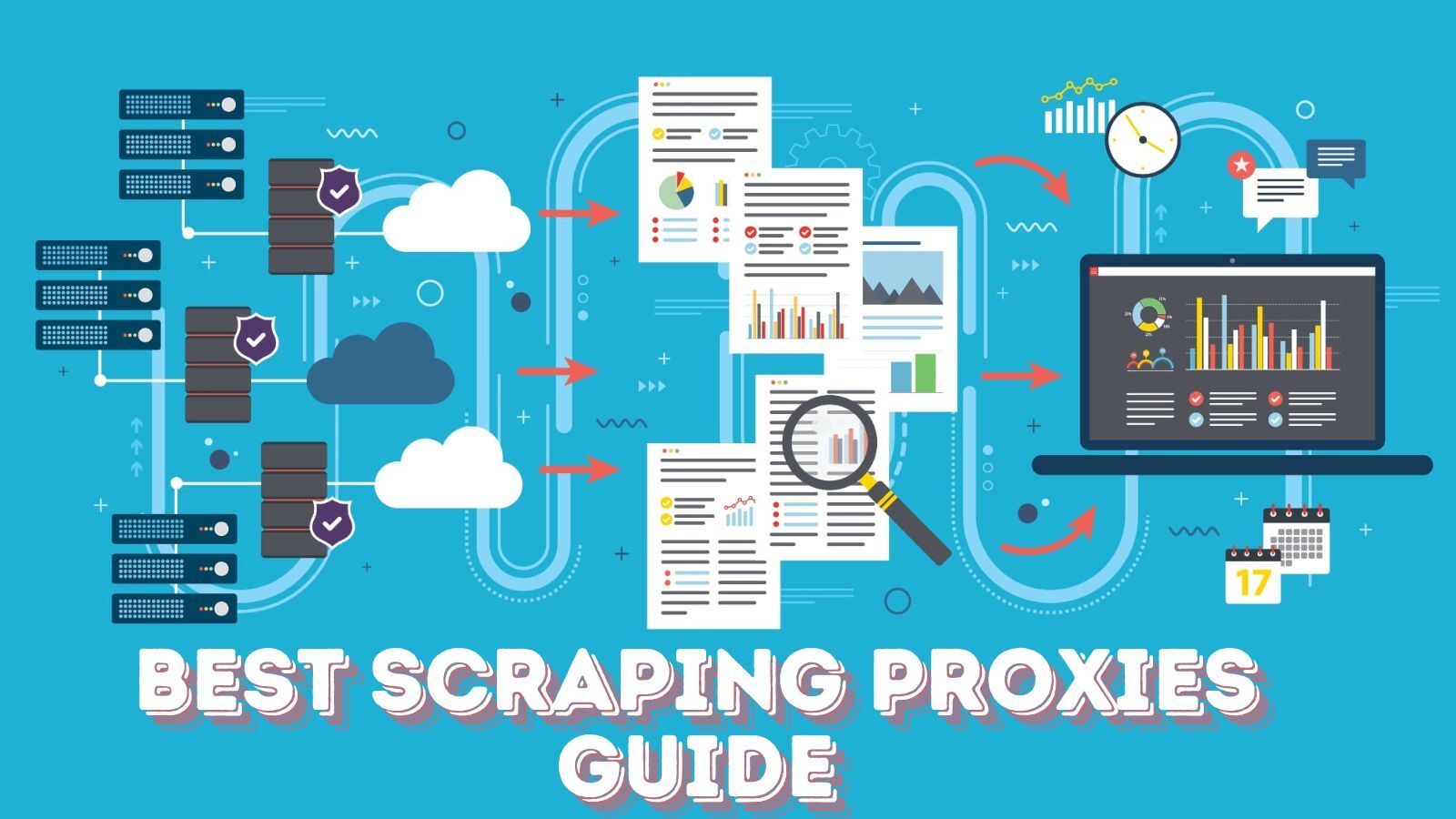Best Scraping Proxies Guide 2024
Which Type of Proxies is Best for Web Scraping: A Comprehensive Guide
What are Scraping Proxies?
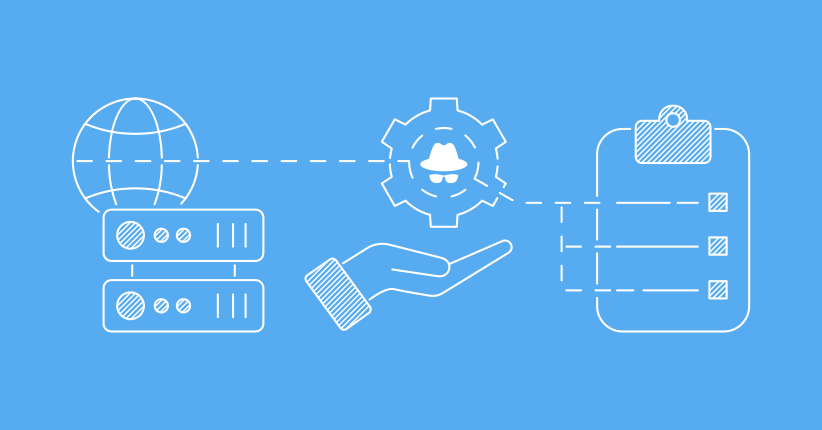
Scraping proxies are intermediary servers that you purposefully route your web requests through to your target websites with the intention of masking your real IP address to enable you to scrape without getting detected and banned. The term is used for marketing sake as all proxy servers can be used for web scraping. The proxies that are labeled as scraping proxies have been designed to mask your IP address and rotate IPs frequently, enough to avoid getting blocked because of too many requests.
But this does not mean you can’t use other proxies for web scraping. In fact, I am currently working on a problem that scrapes some high-traffic sites every hour and I send many requests but I don’t rotate IPs and haven’t been blocked. In essence, if you know the actual requirement for your scraping project, you might even settle for a proxy outside of what providers will call scraping proxies.
Why Use Proxies for Web Scraping?
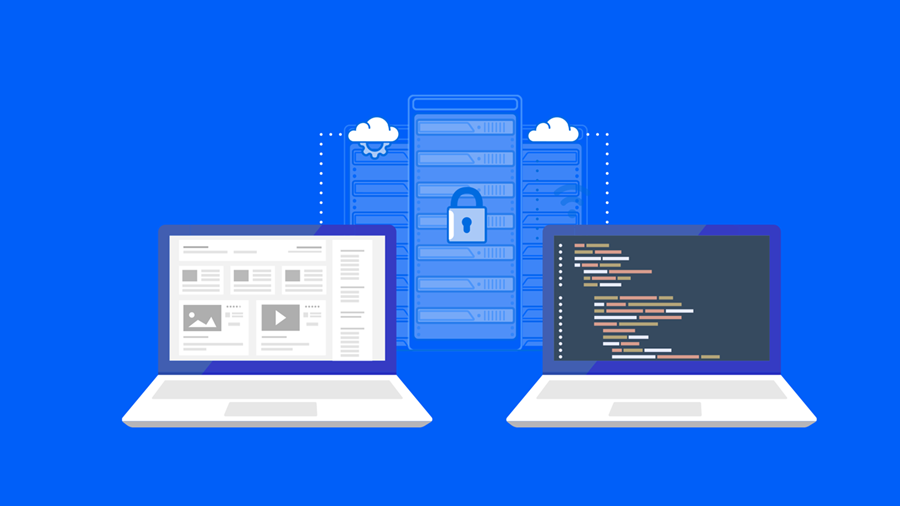
There are reasons why you would need proxies for web scraping. If none of the reasons mentioned below apply to you, then you don’t need proxies to extract data online from websites.
-
Exceed Request Limits
Every website with an anti-spam system has the number of requests it allows per minute or other shorter durations. This limit is the natural limit humans can send. If you exceed such a limit, you get blocked. In most cases, IP tracking and blocking are what is used. If you know you will send too many requests, then using proxies is a must. Proxies will provide you multiple IPs which you can use to avoid exceeding the limit that will lead to a block. However, if your tasks do not require sending thousands of requests and you have time, you can do so without using proxies. However, this means you will have to set delay between requests.
-
Scrape Geo-Targeted Content
If the content you want to scrape is shown depending on your location, then you need IPs from a region that a particular content is targeted at. If you are not in such a region, you need to use a proxy with IP from that region for you to be able to scrape such content. The same applies to content that users from other regions are blocked from accessing. If you are in the region, you don’t need a proxy to access it. But outside of that region, you need a proxy with IP from that region to scrape it.
-
Brand Privacy and Protection
If you have a static IP address and you suspect your competitor is aware of those IPs, you wouldn’t want to use the same IP address to scrape them. Even if you are not blocked by default, your competitor will know of your activities on their sites. Aside from even competitors, with the way surveillance and censorship are rampant online, you wouldn’t want your IP address exposed and your scraping activities linked to you. If you care about scraping anonymously online, you need to use proxies.
Types of Proxies for Scraping
Below are some of the proxies you can use for web scraping. Each has its strengths and weaknesses and the one you should choose will depend on what is most important to you.
Residential Proxies
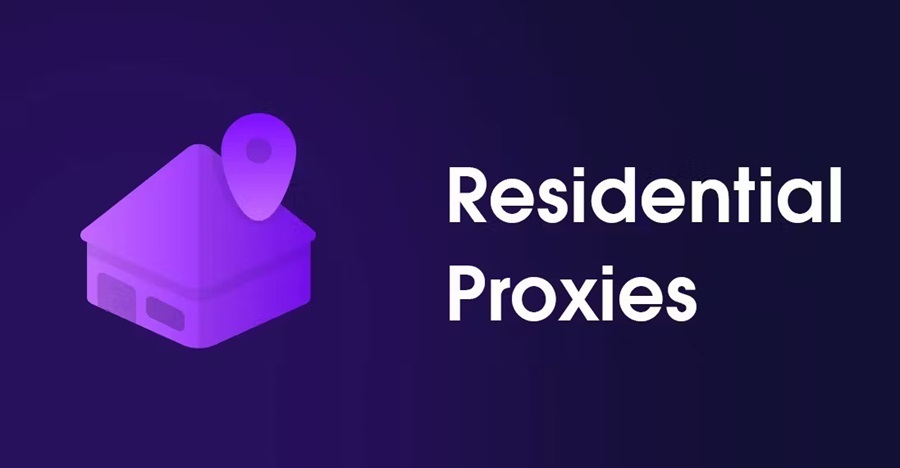
Residential proxies route your scraping requests via IPs provided by Internet Service Providers (ISPs). This makes them look legitimate as your request wouldn’t be any different from regular users in terms of IP address type. For scraping, there are basically two types of residential proxies — rotating and static residential proxies.
- Rotating Residential Proxies
The rotating residential proxies are the favored option for scraping. Most providers of these do not own the IPs in their pool. They get regular Internet users to enlist their Internet-connected devices into their pool (P2P) and they route requests via them. The choice of IP to route request to is random in most cases and you get a new IP after every request. Most of the providers of these rotating residential have millions of IPs in their pool with some having up to 200 million IPs sourced from users from over 150 countries.
While they are effective for web scraping, they are usually charged based on bandwidth which depending on the type of project and size, you will need to spend huge on them. Another downside to these is that they are slow compared to their static counterparts. The session duration is also short, usually less than an hour with most providing support for just 30 minutes session durations.
- Static Residential Proxies
Also known as ISP proxies, the IPs for these proxies do not rotate — they are static. Another key difference with the rotating residential proxies is that for static residential proxies, the IPs are sourced directly from the ISPs, not gotten via P2P. This gives you a one-hop connectivity which makes it faster, and more reliable, and sessions can be maintained for as long as you want. However, for web scraping; they are not the best.
This is because unlike in the case of rotating residential proxies you get access to millions of IPs, this one provides you one IP per proxy. Purchasing multiple IPs for a large project is out of the options. They are best used for scraping sites that have a generous or no request limit but still require a legitimate IP. I use it on a web scraper hosted on AWS Lightsail. Pricing for this is based on the number of proxies.
Datacenter Proxies
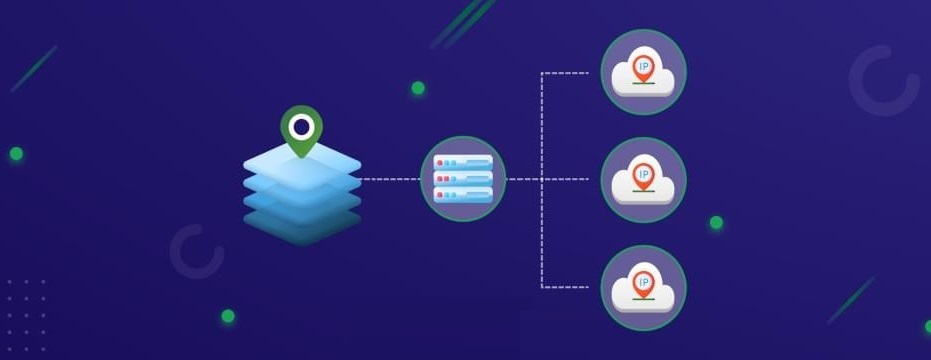
Datacenter proxies offer you IPs from data centers AKA hosting IP addresses. These IPs are not associated with any residential ISP and for that reason, are distinguishable from regular Internet users’ IPs. The level of trust for these IPs is low and is associated with spam as real Internet users don’t use them. When a web server gets a request from these IPs, the request is suspected to have originated from a bot and at best, a web server.
However, they are still being used for web scraping. The top websites on the Internet block them by default. If your site is not one of the top social media, e-commerce, or booking websites, then you can use datacenter proxies. You have the option to go for dedicated datacenter proxies also known as private proxies or their shared counterparts. For cheap web scraping, you can purchase a bunch of shared datacenter proxies and use them. If you need high performance, then you can go for the private proxies.
However, datacenter proxies, except you get their rotating counterparts do have their problems as far as web scraping is concerned. First, you need to purchase a bunch of them and then rotate them yourself which is another added task for you. Secondly, they only be used on web services that allow non-ISP IP addresses.
Mobile Proxies
Mobile proxies route your requests via IP addresses offered by Mobile Network Operators (MNOs), which are ISPs. The difference between them and residential proxies is that there is a mobile footprint attached to them and so far, they are unblockable. Even if they get blocked, it is just for a limited period of time.
This is because there are more mobile devices than the available mobile IPs and as such, are dynamically assigned to mobile devices. Providers of these proxies either get the mobile IPs by assigning you a mobile and sim card or by getting them via P2P. While they are the best in terms of anonymity and do not get blocked easily, they can be slow too and they are the most expensive out there. Rotating mobile proxies are the mobile proxies recommended for web scraping.
Because of their pricing, they should be used only for scraping social media platforms with strict anti-spam systems such as LinkedIn, TikTok, Snapchat, and Instagram.
Features to Consider in a Scraping Proxy
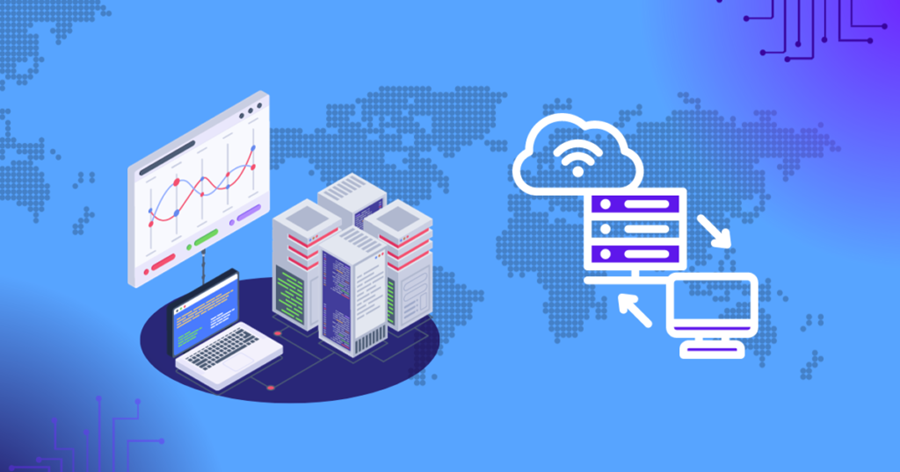
Not all scraping proxies are good for you and your project. There are some features you need to consider before deciding on whether to use a particular proxy server for scraping or not. Let's take a look at some of these factors below.
IP Type: The IP types are basically the types of proxies I discussed earlier. You should go for the type of IP that isn’t blocked. Generally, residential proxies are the best. However, to reduce cost, you can get away with datacenter proxies for some sites with less strict anti-spam systems. Mobile proxies should only be used for social platforms where you need a mobile footprint.
Rotating Vs Static: By default, you should use rotating proxies as they provide you multiple IP addresses which help you exceed request limits without getting blocked. These rotating proxies are also known as backconnect proxies since you only get one proxy endpoint. Static proxies should only be used if you know you wouldn’t exceed request limits by setting delays between request times.
Speed: If you settle for proxies with slow speed, you will waste time. Let's say a proxy takes 1 second to respond, it will take you 1000 seconds (17 minutes) to send 1K requests. In the same way, if it takes 0.5 seconds to send a request, it will take just half the time I mentioned earlier. I recommend you don’t use a provider that takes more than 1 second to respond — the sweet spot is 400 700 ms.
Location Support: Another thing you need to look out for is the geo-location of the IP. For most web services, the geo-location of an IP is the location they use to determine the location of a user. You need to use a proxy with IPs from the location you want to appear to stay in at the time of scraping.
Affordability: In the end, you will only end up with a provider that you can afford. Look for pricing and go for the one you can afford and can get your task done. There are capable proxies in different price ranges, depending on the scale of your project.
Factors to Consider When Choosing Proxies
- Target Website Sophistication
- Basic websites: Datacenter proxies might suffice
- Medium security: ISP proxies recommended
- High security: Residential or mobile proxies necessary
- Scale of Operation
- Small scale (< 1000 requests/day): Datacenter or static residential
- Medium scale: ISP or rotating residential
- Large scale: Mix of different proxy types
- Budget Considerations According to my experience with various providers:
- Datacenter: $0.5-3/IP/month
- ISP: $20-40/IP/month
- Residential: $15-30/GB
- Mobile: $40-100/GB
- Success Rate Requirements
- Basic scraping: 80-90% (Datacenter adequate)
- Commercial projects: 90-95% (ISP/Residential needed)
- Critical applications: 95%+ (Premium residential/mobile required)
So What are the Best Proxies for Web Scraping?
The best proxy for web scraping as earlier mentioned, is the proxy server that meets your specific scraping need. But if I am to make a recommendation for you, then I will recommend rotating residential proxies. Some of the best providers of these proxies are Bright Data, Smartproxy, and Soax.
BrightData (formerly Luminati)
- Largest IP pool
- Excellent documentation
- Enterprise-grade features
- Higher price point
- Quality residential IPs
- Flexible targeting
- Good value for money
- Growing IP pool
- Affordable options
- Decent residential network
- User-friendly interface
- Growing provider
- Easy to use
- Good performance
- Reasonable pricing
- Reliable service
These providers are affordable, the fastest in the market, and have large pools, enough to handle your scraping project at any scale you want. For web scraping, you should use the rotating session type as it guarantees you the best in terms of avoiding blocks. However, when you need to maintain a session, use the session support, and for the two providers mentioned, you can maintain a session for up to 30 minutes, enough for most use cases in web scraping. You should mind the location you use and set the geo-targeting option if you need IPs from specific countries.
Best Practices for Proxy Usage in Web Scraping
- Rotation Strategies
- Implement intelligent rotation based on target site
- Use session-based rotation where appropriate
- Maintain multiple backup proxies
- Request Patterns
- Randomize intervals between requests
- Mimic human behavior patterns
- Respect robots.txt and site limits
- Error Handling
- Implement robust retry mechanisms
- Monitor proxy performance
- Have fallback options ready
- Cost Optimization
- Use different proxy types for different tasks
- Monitor bandwidth usage
- Implement caching where possible
Future Trends in Proxy Usage for Web Scraping
- AI-Powered Proxy Selection
- Machine learning for optimal proxy selection
- Automated rotation patterns
- Predictive failure prevention
- IPv6 Adoption
- Increased availability of IPv6 proxies
- Better scalability options
- Potentially lower costs
- Enhanced Security Features
- Better encryption standards
- Improved authentication methods
- Advanced fingerprint management

